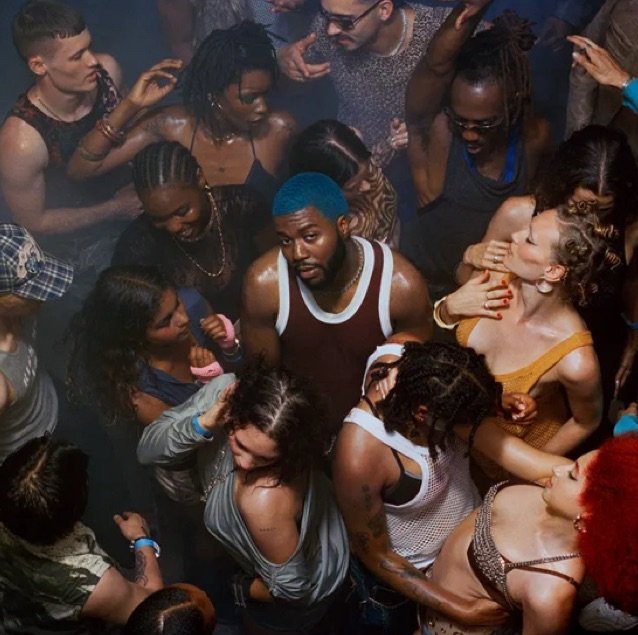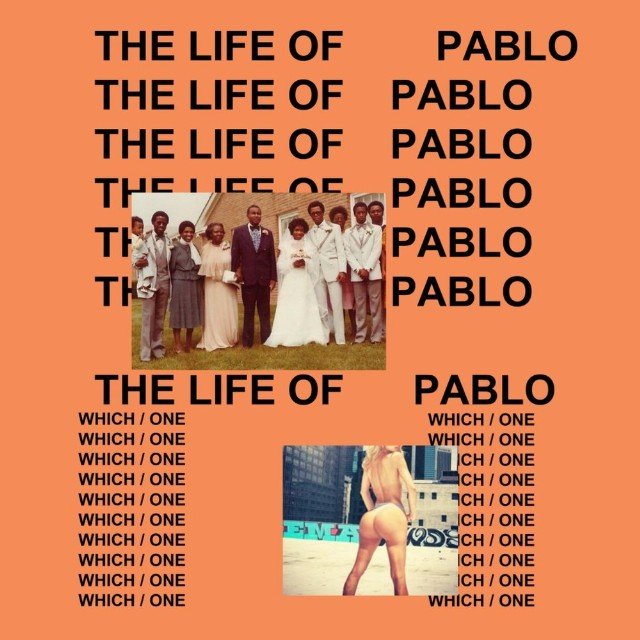
Ishana Night Shyamalan’s debut film, The Watchers, is, in theory, an eerie tale of claustrophobia, identity, and voyeurism. Unfortunately, in execution, the film is an absolute mess that fails to engage with any of its themes meaningfully and grows steadily worse as the runtime progresses. This is exceedingly regretful, especially given just how strong the marketing for the film was, advertising its central hook and showing real promise in the snippets of the young Shyamalan’s visual craftsmanship that were on display.
A brief warning before we begin in earnest: this writer strives more often than not to avoid outright spoilers for films, as I normally don’t find them to be entirely necessary to discussing the merits or lack thereof of a given work. However, The Watchers is a film whose eccentricities, faults, and foibles all but demand to be examined through an analytical lens, and in order to really dig into those, I am going to have to spoil some stuff. So be wary of spoilers ahead as we dive into the misfire that is The Watchers.
TOP FIVE THINGS ABOUT THE WATCHERS
5. Weak Spot: A Baggage Inherited
In the interest of further transparency, I will also state here that I had every intent of writing this review without ever addressing the fact that Ishana Night Shyamalan’s father is M. Night Shyamalan. Yes, he’s a credited producer on the film, but I was much more intrigued by the idea of evaluating the film and Ishana Night Shyamalan’s work based solely on its own merits. However, that’s not really plausible, given the simple fact that The Watchers itself is deeply entrenched in being a distinctly and idiosyncratically Shyamalan-flavored work.
From the obscenely blunt handling of dialogue and theme, to the blending of fairytale-esque folklore with tragic character faults, even down to the big third-act twist at the film’s conclusion, Ishana Night seems to be inviting active comparison to her father’s work. This is certainly not an inherently bad thing, and could actually be quite fascinating to watch a daughter’s debut film actively engage in metatextual conversation with her father’s previous work. However, what’s so bizarre about this is the fact that, of all of M. Night’s films, the ones that The Watchers seems most keen to heavily invoke are The Village and Lady in the Water, two of his most heavily reviled releases.
In many ways, The Watchers feels like a film that could have been an M. Night Shyamalan-directed film from that exact era of his career. And while this is a fascinating and perplexing choice, I don’t think one can really quantify it as a good one. The Watchers has all the same weaknesses as those films and is all the worse for it.
4. Weak Spot: “Don’t You Want to Know What They Are?”
As of late, the marketing for The Watchers has effectively utilized a line from Dakota Fanning’s character: “Don’t you want to know what they are?” followed by a hard-cut to the title card. It’s a simple yet impactful way to sell the film’s central mystery. However, after watching The Watchers, I can confidently say that my ignorance about the titular beings prior to entering the theater was blissful, because the answer to this question is mind-numbingly moronic.
Around the midpoint of the film, a character is given the herculean task of delivering a line that instantly deflates the entire film: “They’re Fairies.” More than that, they are Fairies who watch these humans because they are also changelings, capable of altering their physical appearance, and are studying humans in hopes of blending into human society one day. Additionally, they inhabit this forest because long ago, humans and Fairies lived in harmony until a great war forced the Fairies underground. They eventually clawed their way out and now live in this forest. Some Fairies even fell in love with humans and had children with them, called Halflings.
If that preceding run-on sentence sounds absolutely bonkers, just keep in mind that the sum total of all that ludicrously dense exposition is dropped on the audience with all the delicacy of a freight train careening into the side of a building, over the course of five minutes. Prior to this prolonged exposition dump, The Watchers had done almost nothing to even remotely prime the audience for this reveal, resulting in neck-wrenching tonal whiplash. It is a frankly insane answer to the film’s central mystery, and one that instantaneously makes every single facet of the film far less interesting.
3. Weak Spot: An Ending That Won’t End
The entire structure of The Watchers is utterly befuddling, from an elongated prologue that does a whole lot of nothing for nobody, to an ebb and flow that offers little in the way of suspense or tension across its runtime. But most egregious of all is its ending, as The Watchers ostensibly ends… and then just keeps going for another half-hour.
The surviving characters escape the bunker and the forest, returning to normal life. The film then spends a luxurious and monotonously-paced amount of time essentially doing a denouement for the story we just witnessed. But then, it reveals a maddeningly obvious big twist that kicks off a fourth act and drags us along with it.
On the one hand, the resulting final act does at least tangentially tie itself into the central character’s arc a bit more and make for a more conclusive ending. On the other hand, it brings with it a whole other host of late-in-the-game exposition dumps and ends on the most M. Night Shyamalan of culminations, as the main character tells us all about her arc (very much telling instead of showing) and that spiel resolves all conflicts.
2. Shyamalan’s Assured Visuals
In essence, The Watchers is a very poor script that hinders what could have been a genuinely interesting debut film from Ishana Night Shyamalan, because her direction does show promise.
Working in tandem with cinematographer Eli Arenson (who shot A24’s Lamb), Ishana Night Shyamalan crafts an accomplished and competent visual vernacular. Utilizing long lenses, wide frames, shallow depth-of-field, and sustained takes at various key points throughout the film, the young Shyamalan is able to accentuate key narrative beats in distinctly visualized form.
The strongest moment of the film for me comes in the form of her decision to reveal the Watchers themselves through an established voyeuristic long-shot and allowing the darkened silhouettes of their lanky and elongated bodies to clutter and fill the frame as they stand up to their full height. It’s the eeriest and tensest moment of the entire film by a mile, and it stems entirely from strong artistic decisions on her part.
1. Weak Spot: What Even Is This?
If it can be said that great movies intertwine their themes throughout the larger tapestry of their narrative with precision and subtlety, then let it also be said that The Watchers does not use a needle to thread its themes, but rather a jagged, comically oversized harpoon. There is not an ounce of subtlety to anything being done here, nor is there even the vaguest sense of the existence of subtext. Instead, everything in The Watchers is text, and every bit of that text is hammered home over and over again throughout the course of the film, until it has lost any and all potential meaning.
As an example, The Watchers is about replication or reflection; parroting in a way. The Fairies are able to replicate other people’s appearance or voice, parroting them. Early in the story, it’s established that Dakota Fanning’s character likes to parrot other people’s dialogue back to them, verbatim. In fact, she’s done this since she was a child, and her parroting back of her mother’s words actually led to her mother dying in a car crash. Also, Fanning’s character has a twin, which you might say is a parrot of herself in a way. Also also, that character has a very real, literal parrot with her, that parrots dialogue of its own, for the entire movie.
Do you notice how tiresome it gets to read the word “parrot” that much? Do you see how when you use a word (or perhaps a cinematic motif) that often and apply it to so many different utilizations within a paragraph (or perhaps a film) it just winds up losing any semblance of meaning? By the time The Watchers reaches its elongated and drawn-out conclusion, it’s hard to make heads or tails of what exactly it’s trying to say at all, because every single one of its themes is handled in this exact same way: underdeveloped and overexposed.
RGM GRADE
(D)
It’s all too fitting that The Watchers centers on beings that are desperately attempting to fabricate humanity, but can’t quite seem to do so in an effective manner. Because from its dialogue to its ruthlessly one-note characters to its narrative structure to its sledgehammer-subtle handling of theme, The Watchers is steadfastly incapable of fabricating any semblance of humanity. Ishana Night Shyamalan’s debut film is not without its pros, as her direction shows promise and I do look immensely forward to seeing what she may tackle down the road, but to call The Watchers anything less than a disappointment would be disingenuous.
Discover more from RATINGS GAME MUSIC
Subscribe to get the latest posts sent to your email.










